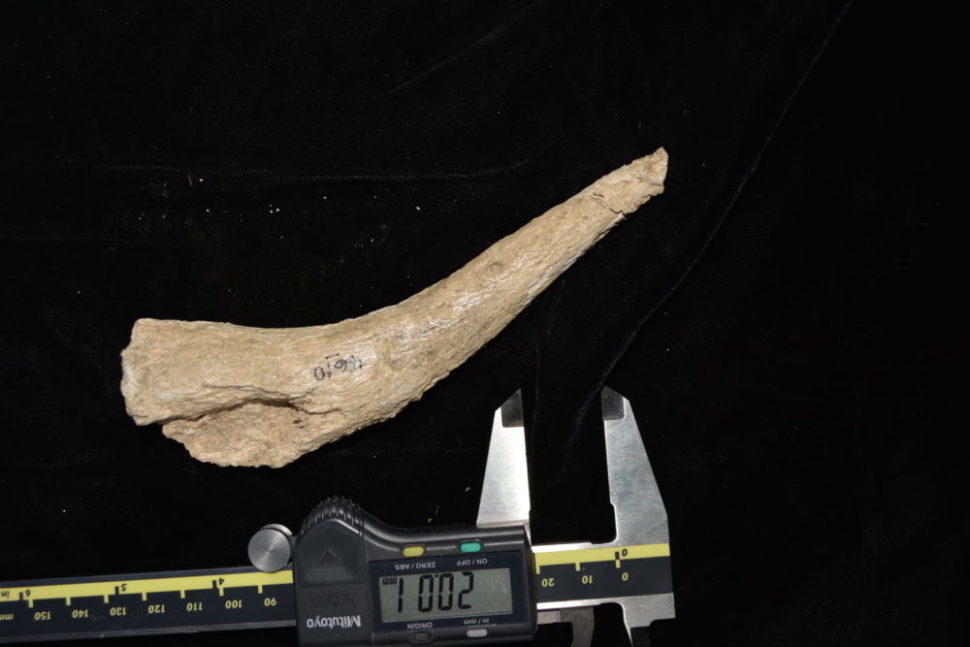Researchers discovered artifacts that may potentially alter the accepted human evolutionary timeline.
Newly unearthed artifacts from an archaeological site in Kenya’s Rift Valley suggest early humans were already innovating around 300,000 years ago. This discovery could possibly change the human evolution timeline as we know it.
It has been believed that for millions of years, Acheulean hand axes or large stone axes were the primary tools of ancient hominins who lived in the Rift Valley of Africa.
However, new evidence discovered by researchers shows that early humans may have already been using smaller, smoother, and sharper blades and points around the Middle Stone Age era–a sign of innovation never seen before.
Pushing Back the Human Evolution Timeline
According to reports, the stone weaponry was believed to have been forged by the toolmakers in Olorgesailie Basin in Kenya. It was reportedly made with green and white chert and stones that could have been acquired through trade or long-distance travel.
There were also signs that the Middle Stone Age’s Rift Valley hominins chopped off pieces of red and black rocks to possibly color their bodies and tools.
“We don’t know what the coloring was used on, but coloring is often taken by archeologists as the root of complex symbolic communication,” Rick Potts, director of the National Museum of Natural History’s Human Origins Program, said in a statement.
“Just as color is used today in clothing or flags to express identity, these pigments may have helped people communicate membership in alliances and maintain ties with distant groups.”
Read More: This Study Just Changed Evolutionary Theory for Good
Anthropologists from the Smithsonian’s National Museum of Natural History and an international team of researchers found these activities to date as far back as the oldest known fossil record of Homo sapiens. The research team also suggested that this may have occurred tens of thousands of years earlier, pushing back the human evolution timeline.
“These behavioral innovations may very well represent a response to rapid changes in the environment,” Tyler Faith, curator of archaeology at the Natural History Museum of Utah, went on to say.
“Such a response would have helped human populations endure climatic and environmental shifts that likely contributed to the demise of many other species in the region.”
The discoveries that were reported in three separate studies published in the journal Science suggest that early humans exhibit these behaviors during a period of “tremendous environmental variability in the region.”
The researchers believe that the ancient technological innovations, trading, and symbolic communication may have helped early humans to survive earth’s ever-changing climate of the time and obtain the resources they needed to live.
“This change to a very sophisticated set of behaviors that involved greater mental abilities and more complex social lives may have been the leading edge that distinguished our lineage from other early humans,” Potts said.
By combining the analysis of ancient artifacts with environmental data, the three studies clearly suggest that changes in the environment has played an important role in human evolution since the beginning of our species.












This is not so unusual. We now know that early modern humans had evolved in Northwest Africa around 300 kya, and, in Europe, at the site of Shoeningen, dated to around the same time, there was clearly division of labor in performing tasks and the roots of a societal structure.